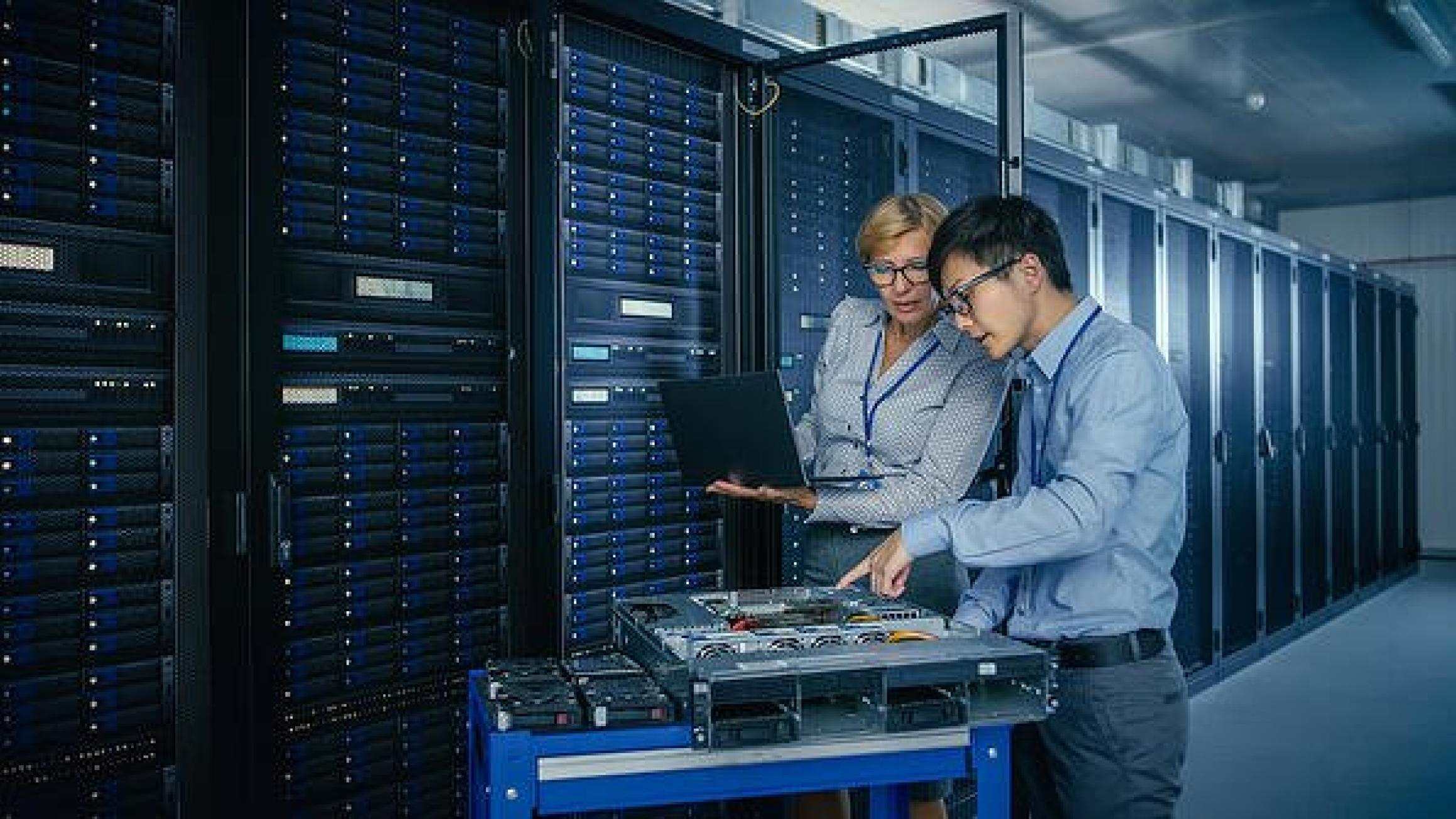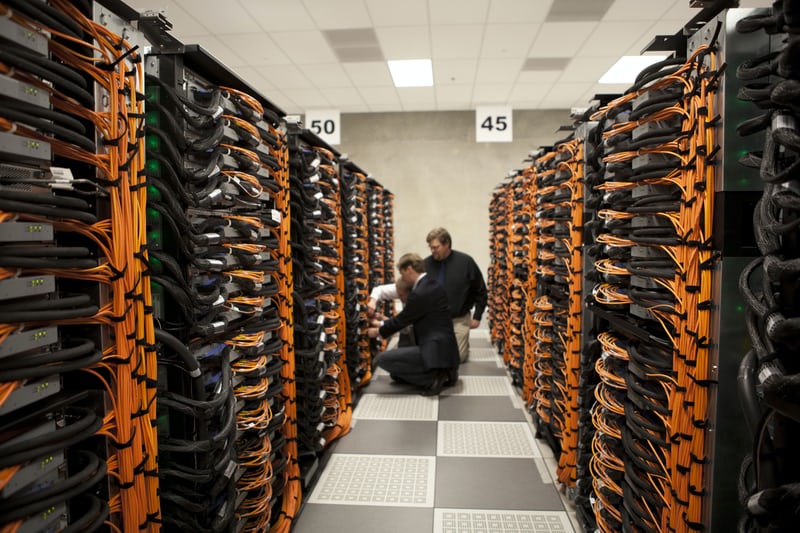
Time and time again in the hardware maintenance industry, there are a number of repeat pain points that customers experience. This happens from both the OEM side and Third Party Maintenance (TPM). They can include things like parts availability, technical support, field engineer competency, and more. It is in these ways, amongst others, where Top Ten USA shines through much bigger than the rest of the industry. But of course, where would we be without some tangible examples, so let’s dive right into those.
Parts availability is something that the IT hardware industry as a whole has always struggled with. Even prior to the COVID-19 pandemic and supply chain shortages from various countries around the world, procuring quality parts to fix IT hardware was a challenge. But it’s how we at Top Ten USA chose to embrace this challenge that sets us apart. Rather than simply looking around for the lowest priced replacement parts and hoping they work when drop shipping to a customer, we go the extra mile and stress test all our parts in house. Everything we sell to customers, or use to repair the equipment of our maintenance customers, gets completely refurbished down to a component level and then stress tested in its native environment before we call it good. That is something we can say, without doubt, we are the industry leader in. We even go so far as to back up our test practices by providing the test results for every part we sell on our new e-commerce platform, which you can find here.
But, when it comes to being able to maintain hardware the way we do, parts are only part of the battle. Along with that comes knowledge. Without a strong knowledge base on how to repair the equipment under our maintenance, we are dead in the water. This is why technicians such as myself spend hours upon hours doing the repairs on this equipment ourselves. There is no guesswork when it comes to these procedures. No statements like “In theory, this will fix the problem”. I know what will fix the problem because I have seen the problem in my own test environments before and have fixed it countless times myself hands on, not just in theory. A maintenance manual or set of instructions can only go so far and truly only serves as a baseline for real, practical knowledge on how to fix your IT hardware. Think of it in a day to day industry, like your local car mechanic. Would you rather put your trust in the person that’s spent every day working on cars inside and out, or the one who has only picked up the maintenance manual but never actually got their hands dirty doing the work themselves?
However, now we come to the third major hurdle of the maintenance process - field engineers. Again, this is where we separate ourselves from others in our industry. First of all, no one can employ field engineers in every city around the world where IT hardware may be located. So everyone in the industry has to rely upon third party field engineer services to get the job done. But there are a few things that we choose to do to set us up for success in servicing your IT hardware.
The first is vetting. We don’t just go online and find the cheapest field engineer that’s the closest to your data center and send them the job. We take the time to vet through the engineer’s history, and speak with them to ensure they possess the skills and tools required to perform the job correctly. Ensuring they have a thorough understanding of what the job will entail prior to even sending it to them, and making sure we have confidence in their abilities.
The second thing we do is to send the field engineer documented instructions on how to perform the tasks required, if they exist. This may sometimes mean a section from a maintenance manual showing where specific parts are located. But even more often we send them a “how to” instructional video for the more mechanically oriented devices that we service (looking at you, tape libraries). But where do those videos come from? That’s easy, we made them. Knowing the more complex mechanical machines and their repair procedures are sometimes hard to describe just via phone, we decided to take it one step further and use our in house knowledge to craft detailed “how to” videos to give field engineers, and also regular users, a great visual aid when performing repairs.
None of this, though, would be possible without the third piece of the field engineer puzzle - backline support. Let’s face it, repairs can get complex very quickly and knowing how to fix any situation that arises during a repair is key. That’s where our previously mentioned knowledge base comes in. Not only do our on site field engineers get all of the resources I just described, they also have 1 to 1 access with a level 3 specialist for the machine they are working on. Around the clock, 24/7/365, we have L3 specialists that will be on the phone giving backline support to our field engineers to perform repairs. Unlike other TPM’s that have an escalation process where a field engineer may need to go through several other people before getting an L3 on the line (all the while, delaying the repair of a machine even further), our field engineers have direct access to an L3 like myself immediately.
These three things are what set our service of your IT hardware apart from all other companies. Quality and availability of needed parts, practical working knowledge base to repair your hardware, and skilled reliable field engineers with direct support from L3 technicians to complete repairs in a timely fashion. It doesn’t get any better than that. Top Ten USA is head and shoulders above the industry standard, and we are your trusted technology partner.

This is an age-old discussion in the IT industry. Often it seems that it is made out to be an either/or ...

“Tape storage? That’s so outdated!” So goes the judgement in today’s IT world, with cloud infrastructure...

In talking to many clients throughout my career, one of the top trending things I have heard is about sw...

The 2023 economy is setting up to be a tricky one to forecast. Political turmoil, stock market and inves...